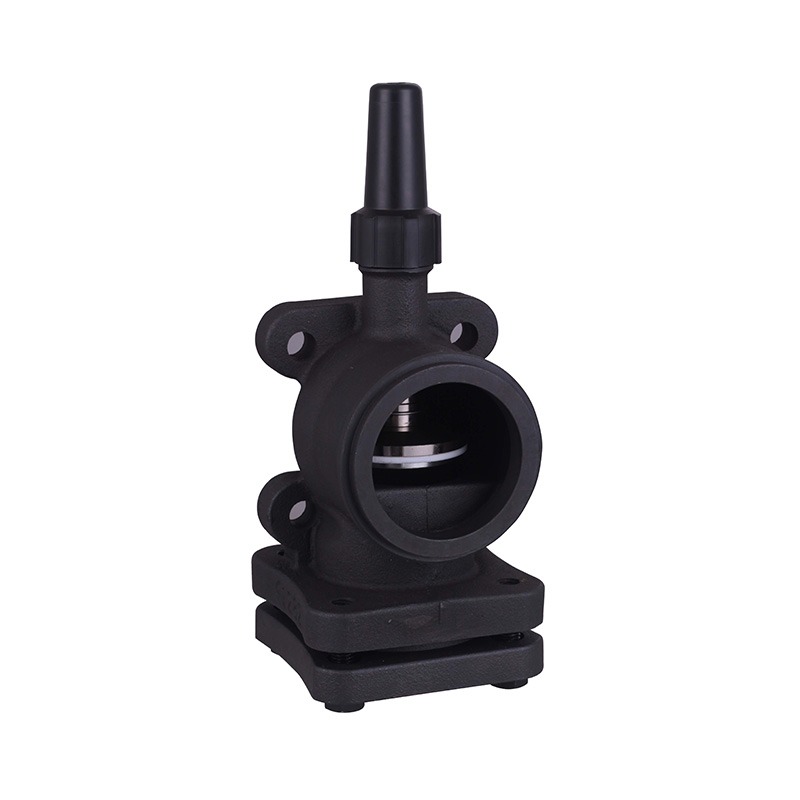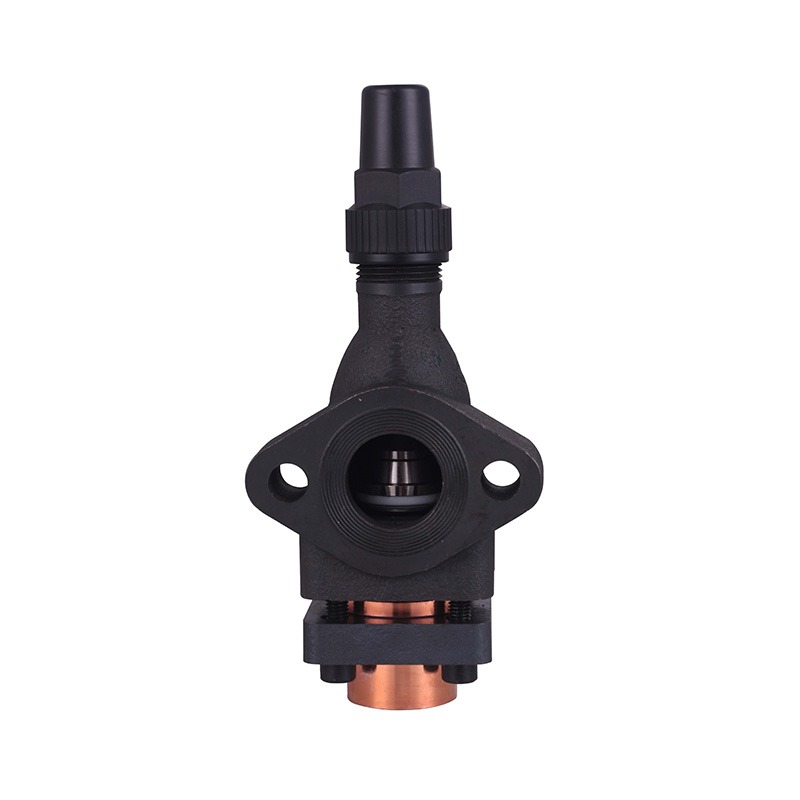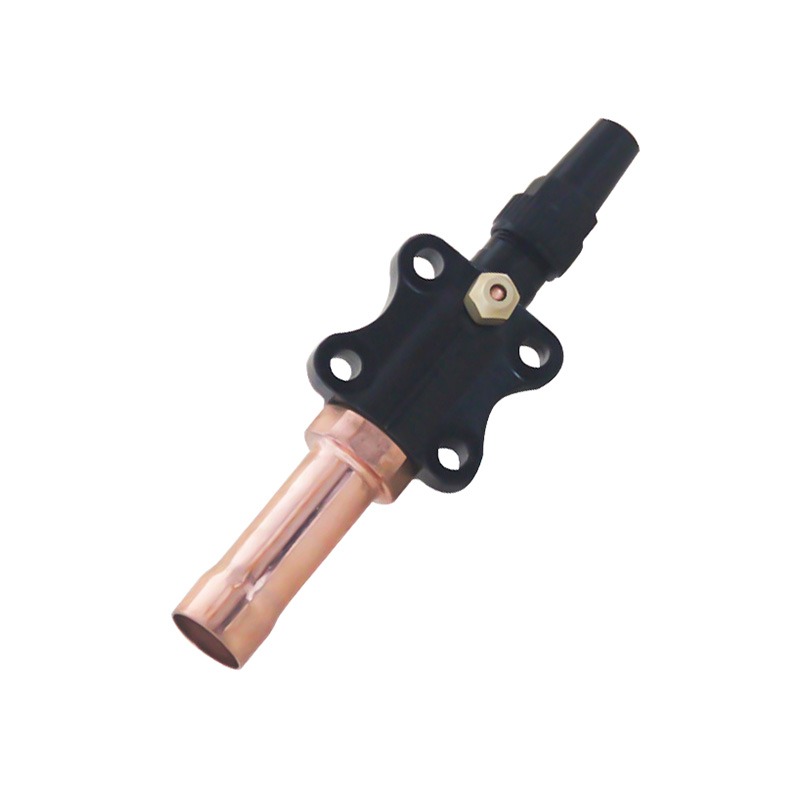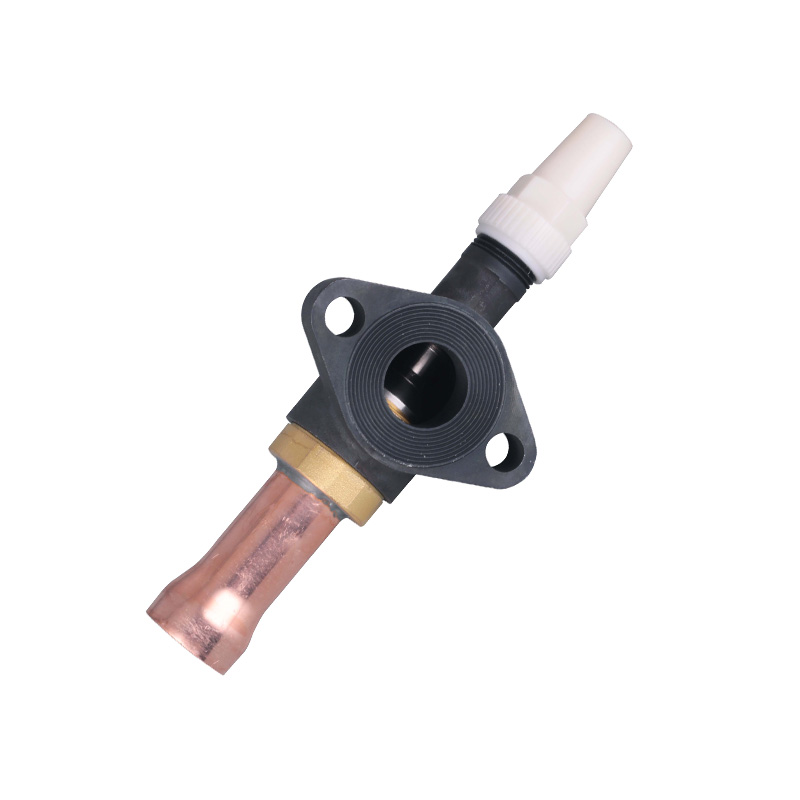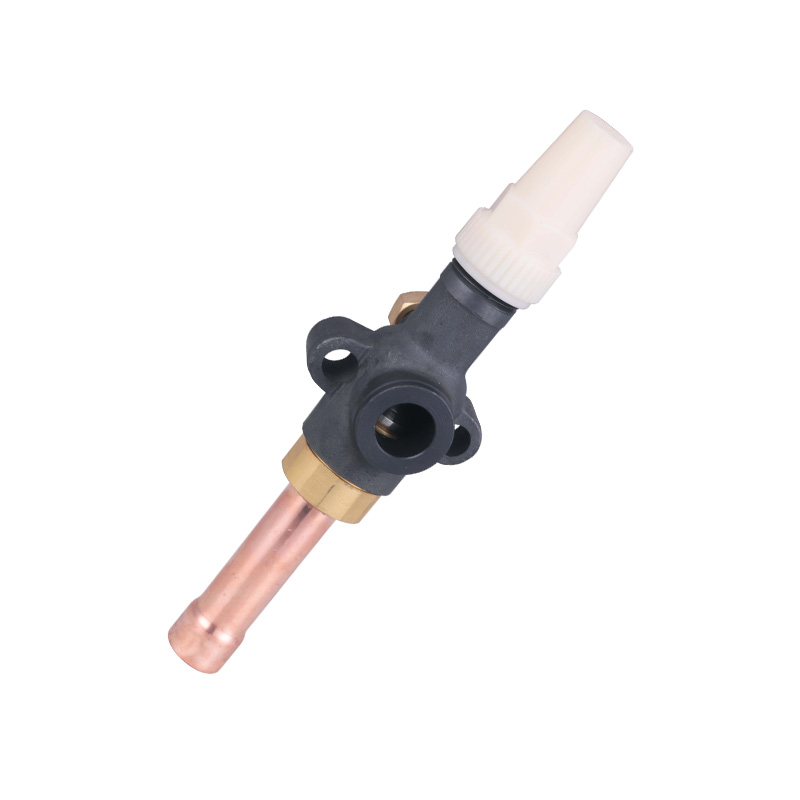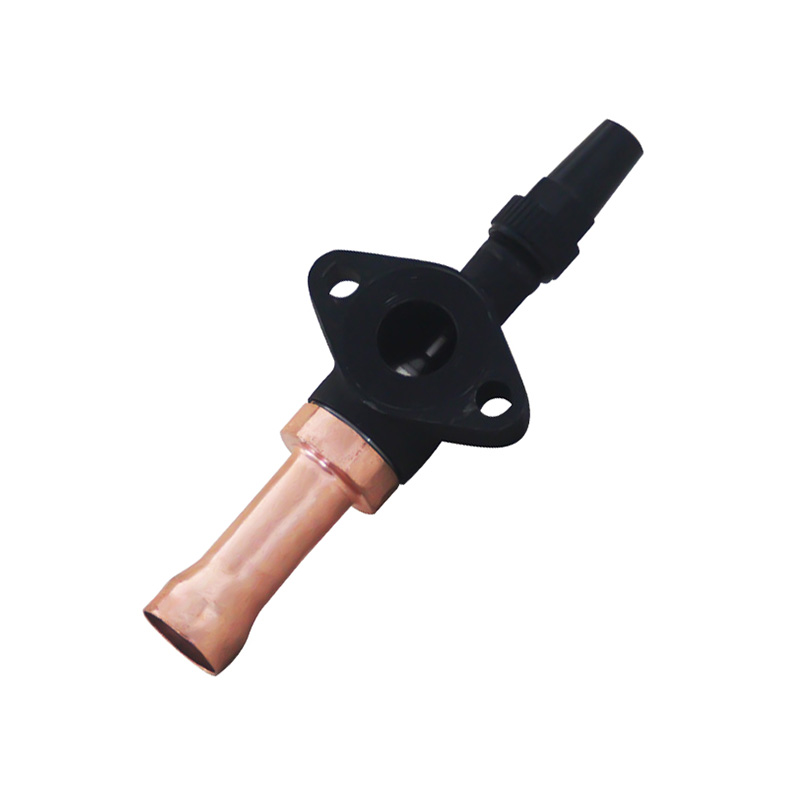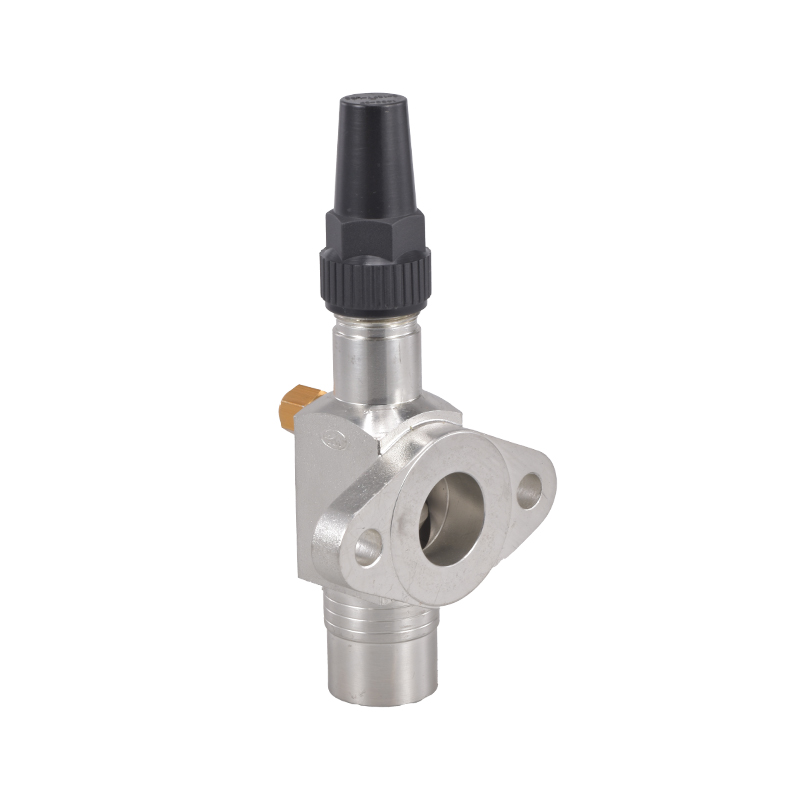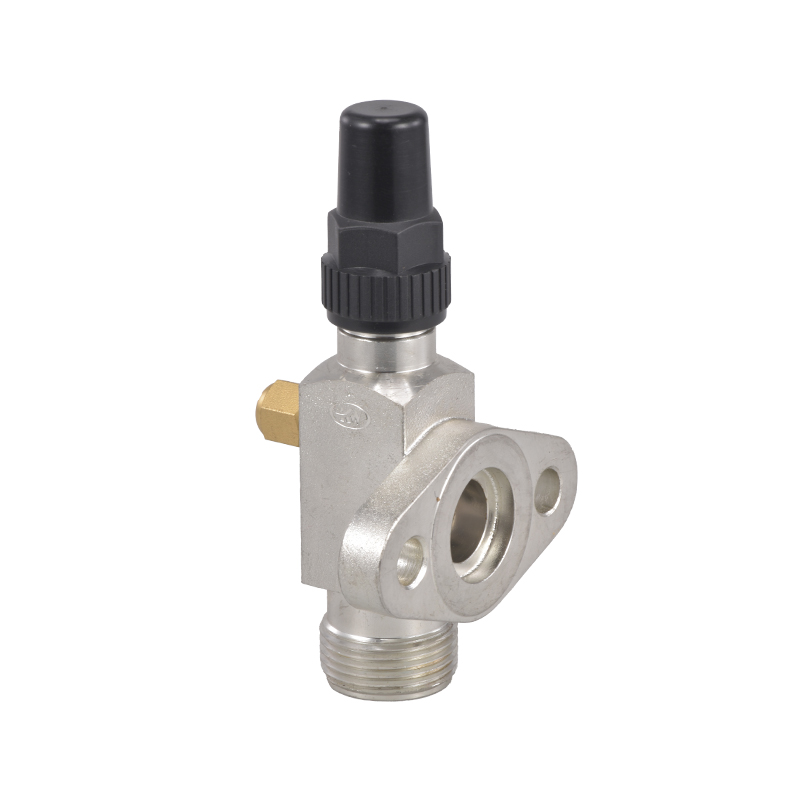How Do Electric Hydraulic Solenoids Work in Industrial Automation?
 By Admin
By Admin
One of the key components that enable precise control in various industrial processes is the electric hydraulic solenoid. These devices play a crucial role in converting electrical signals into mechanical actions, making them indispensable in a wide range of applications.
Understanding Electric Hydraulic Solenoids
An electric hydraulic solenoid is a device that uses an electric current to generate a magnetic field, which in turn moves a plunger or a sliding mechanism to control the flow of hydraulic fluid. This principle of operation allows for precise control over hydraulic systems, making them ideal for applications that require high force and accuracy.
The basic structure of an electric hydraulic solenoid consists of a coil, a plunger, and a spring. When an electric current passes through the coil, it creates a magnetic field that attracts the plunger. This movement of the plunger opens or closes a valve, allowing hydraulic fluid to flow through the system. The spring ensures that the plunger returns to its original position when the current is turned off.
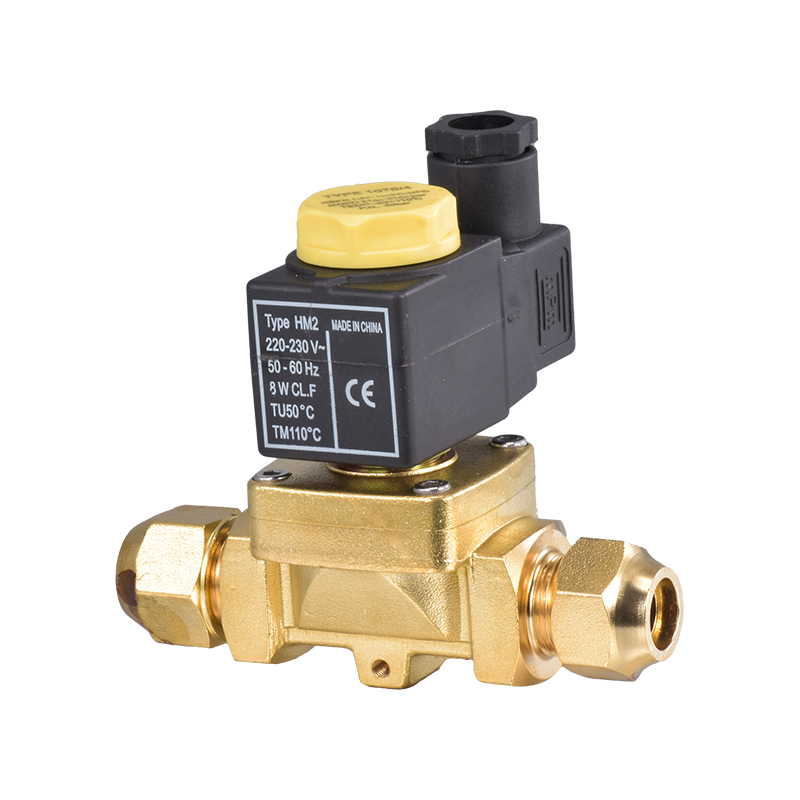
Applications in Industrial Automation
Electric hydraulic solenoids are widely used in industrial automation due to their ability to provide precise control over hydraulic systems. They are commonly found in machinery that requires high force, such as presses, brakes, and clutches. For example, in an automotive manufacturing plant, electric hydraulic solenoids can be used to control the movement of heavy stamping machines, ensuring that the metal is shaped accurately and efficiently.
In addition to their use in hydraulic systems, electric hydraulic solenoids can also be integrated with other technologies to enhance their functionality. For instance, they can be combined with electro pneumatic solenoid valves to control the flow of air in pneumatic systems. This combination allows for even greater precision and versatility in industrial applications.
The Role of Electro Pneumatic Solenoid Valves
Electro pneumatic solenoid valves are similar to electric hydraulic solenoids in that they use an electric current to control the flow of a fluid—in this case, air. These valves are essential in pneumatic systems, where they regulate the movement of air to power tools, actuators, and other devices.
The operation of an electro pneumatic solenoid valve is straightforward. When an electric signal is applied to the valve's coil, it creates a magnetic field that moves a plunger, opening or closing the valve to control the flow of air. This allows for precise control over pneumatic systems, making them ideal for applications that require quick and accurate movements.
In industrial automation, electro pneumatic solenoid valves are often used in conjunction with electric hydraulic solenoids to create hybrid systems that combine the benefits of both hydraulic and pneumatic power. For example, a robotic arm might use hydraulic solenoids for heavy lifting and electro pneumatic solenoids for precise positioning, resulting in a highly efficient and versatile system.
Motorized Solenoid Valves: Enhancing Control
Another important component in industrial automation is the motorized solenoid valve. Unlike electric hydraulic solenoids and electro pneumatic solenoid valves, which rely on electromagnetic fields to control fluid flow, motorized solenoid valves use a small electric motor to drive a valve mechanism. This allows for more complex control functions, such as variable flow rates and multi-position valves.
Motorized solenoid valves are particularly useful in applications that require precise control over fluid flow. For example, in a chemical processing plant, a motorized solenoid valve might be used to regulate the flow of a corrosive liquid, ensuring that it is delivered at the correct rate and pressure. The ability to adjust the valve's position using an electric motor provides greater flexibility and accuracy compared to traditional solenoid valves.
Maintenance and Reliability
To ensure the reliability and longevity of electric hydraulic solenoids, electro pneumatic solenoid valves, and motorized solenoid valves, regular maintenance is essential. This includes inspecting the coils for signs of wear, checking the plunger and valve mechanisms for proper operation, and cleaning the components to remove any debris or contaminants.
In addition to regular maintenance, it is important to select high-quality solenoid valves that are designed for the specific requirements of your application. Look for valves that are rated for the appropriate pressure, temperature, and fluid type, and ensure that they are compatible with your control system.
Electric hydraulic solenoids, electro pneumatic solenoid valves, and motorized solenoid valves are essential components in modern industrial automation. They provide precise control over hydraulic and pneumatic systems, enabling efficient and reliable operation of machinery and equipment.




 English
English русский
русский Deutsch
Deutsch
